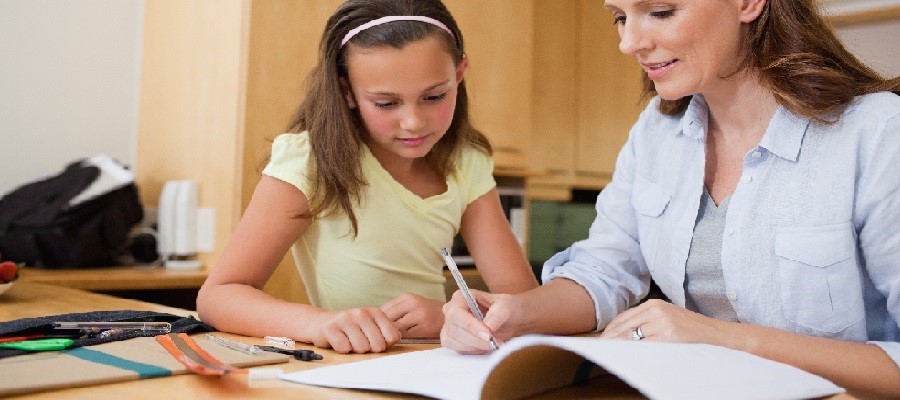Although the idea of educating children goes back to ancient times, it took many centuries before it was legalized.
Compulsory education for both boys and girls was first established in the German region of Pfalz in the 16th century. The concept has been spread and improved ever since. There are various ways of providing children with basic knowledge. The most common model is a schooling institution attended by kids every day for several hours. The starting age is usually from 5 to 8 years. Compulsory education usually ends between the 16th and 18th years of age. However, there are other possibilities of getting one’s education than going to school.
Home education/ Homeschooling
There are several reasons parents may not want to send their child to a regular school. Kids with special needs, kids whose parents travel a lot, young athletes or kids from special religious backgrounds are only some examples of those who take advantage of home education, if the country they live in allows it (e.g., the United States or the United Kingdom). The home educators are either parents or other adults who are able to educate children, but they do not have to have any special qualifications. They can choose what to teach, when to teach, how much to teach and how to teach freely. Homeschooled children are not tested if they keep up with the National Curriculum (the U.K.). Although they do not need any document about their education to study at university, they usually get a GCSE (General Certificate of Secondary Education) privately, because most employers require1 them. Studies in the U.S. show that when homeschooled children are tested, they do better than children educated in regular schools. There may be various reasons for that:
- a) children feel safe at home. A lot of young children are simply not mature enough to leave home.
- b) an individual approach2. It is more difficult to keep up3 in a group of children just because they are different with different needs.
- c) no social pressure. School children have to learn and socialize at the same time, which may sometimes be very difficult for them.
School of the Air
Australia is a big country with a lot of isolated places. There are a lot of kids who live in remote4 areas but the number of them in one location is too small to have a regular school. They take part in correspondence schooling then, called School of the Air. School of the Air officially began in 1951 by broadcasting the lessons by the radio. Radio was used until 2009 when it was mostly replaced by the internet. Children spend one hour a day in direct contact with their teacher from a school in one of the bigger cities. For the rest of the day they work on their homework and projects which are again checked by the teacher later on. Three or four times a year these kids travel to the school to spend a week with their teacher and other children. For some of them it is the only way to meet somebody their age face to face.
Tasks
- Think about the disadvantages of home education.
- Would you like to be educated at home? Why or why not?
Miroslava Dubanová
Vocabulary:
1 vyžadovať – vyžadovat; 2 prístup – přístup; 3 držať krok s – držet krok s; 4 vzdialený – vzdálený

